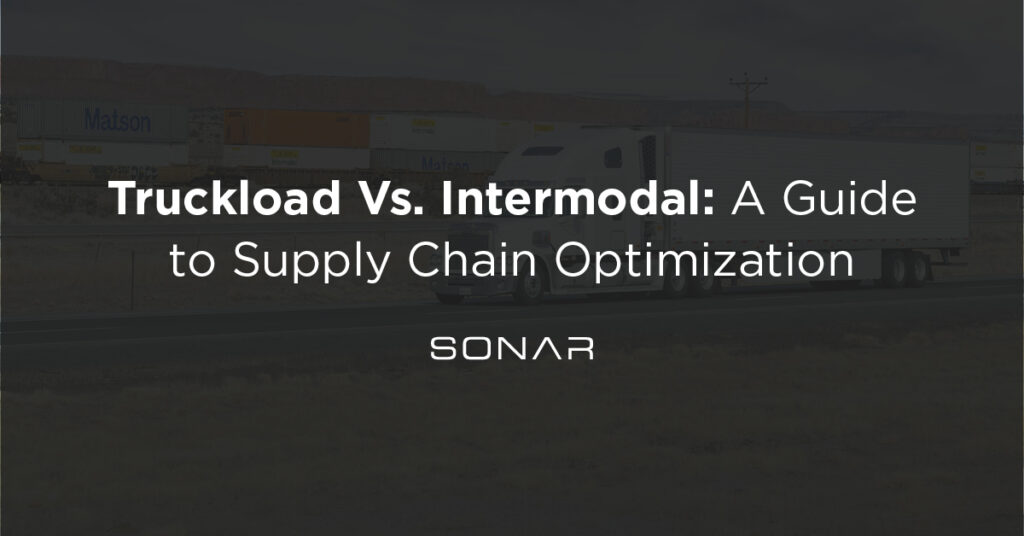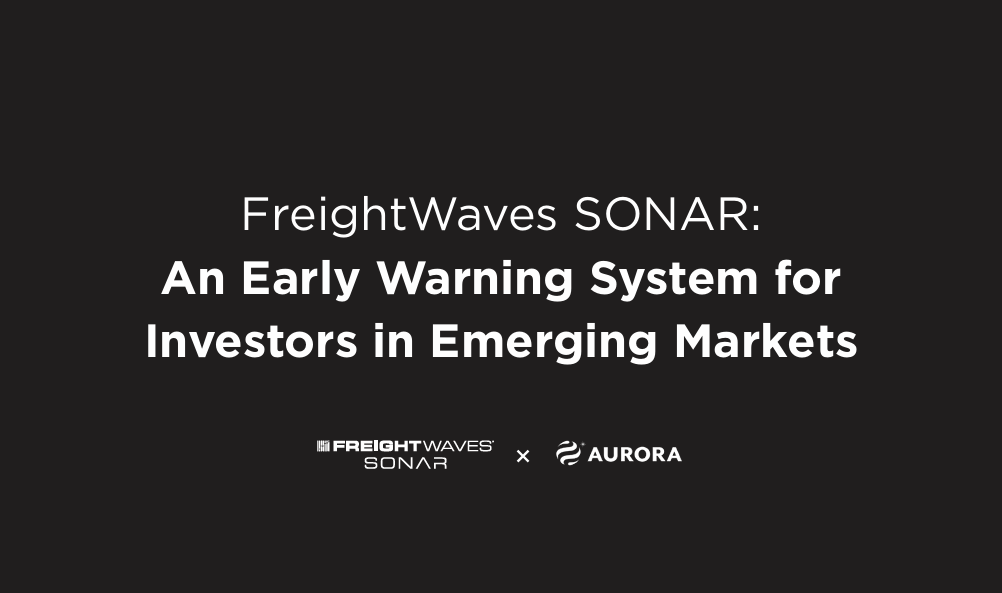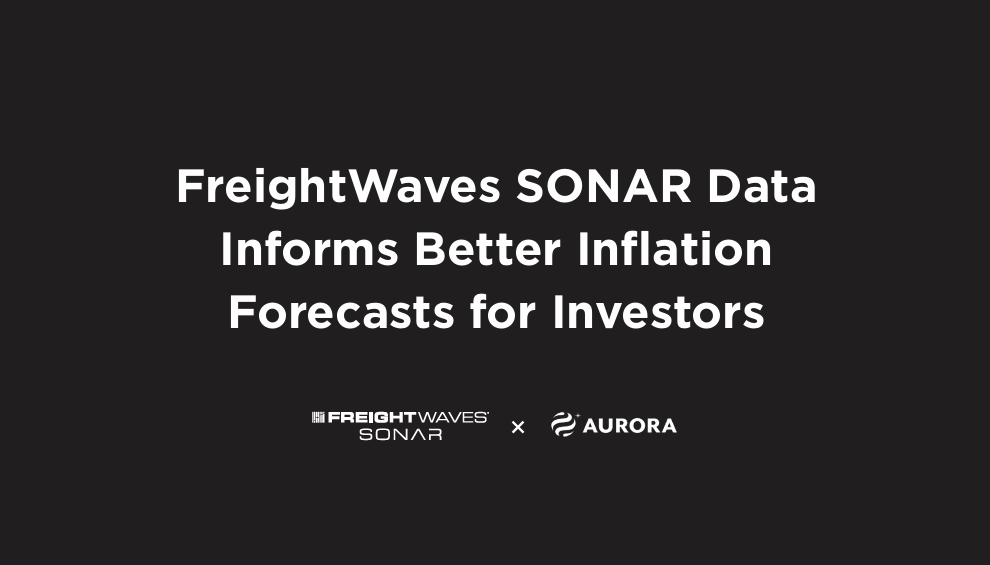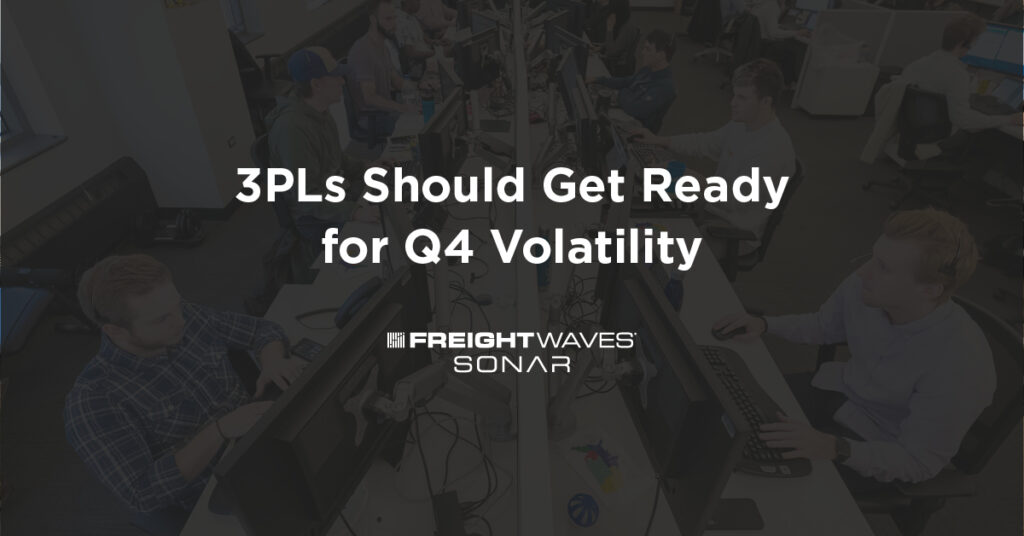Since mid-2023, shippers have seen limited cost savings by moving freight from full truckload to intermodal rail, a typically cheaper and less carbon-intensive mode of transport. This shift has been less effective because shippers have been successfully pushing down truckload contract rates since early 2022. The SONAR Intermodal Contract Savings Index has shown that the cost difference between truckload and intermodal rates has been below 10 percent since March 2023. Consequently, the minor savings from intermodal shipping do not justify its slower transit times, reduced visibility, and lower on-time rates compared to full truckload.
To read more, fill out the form below to download the white paper!






